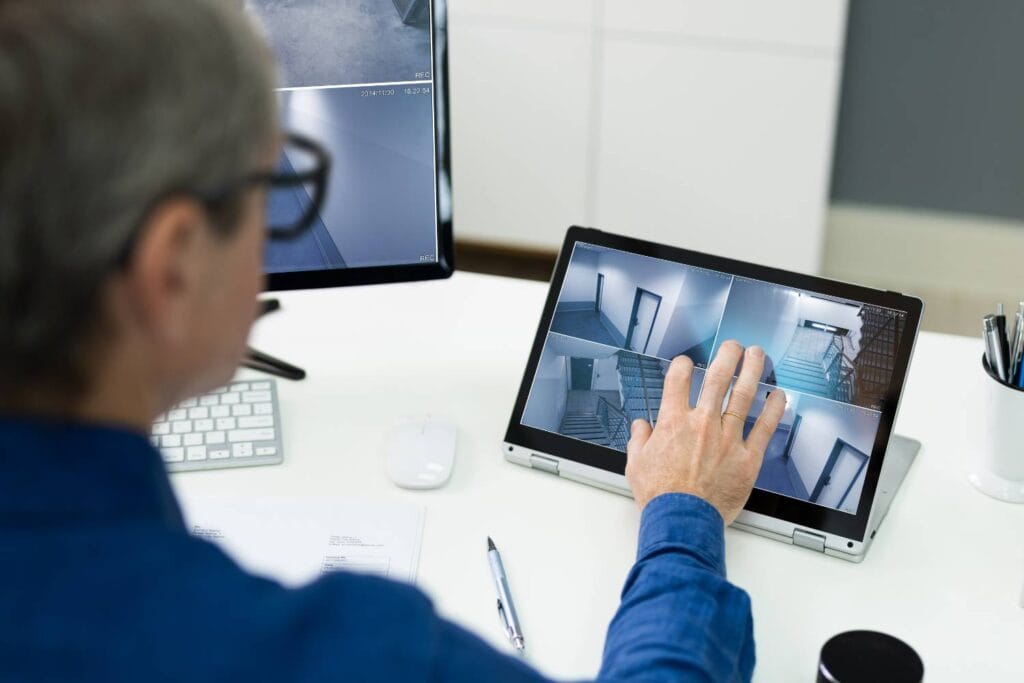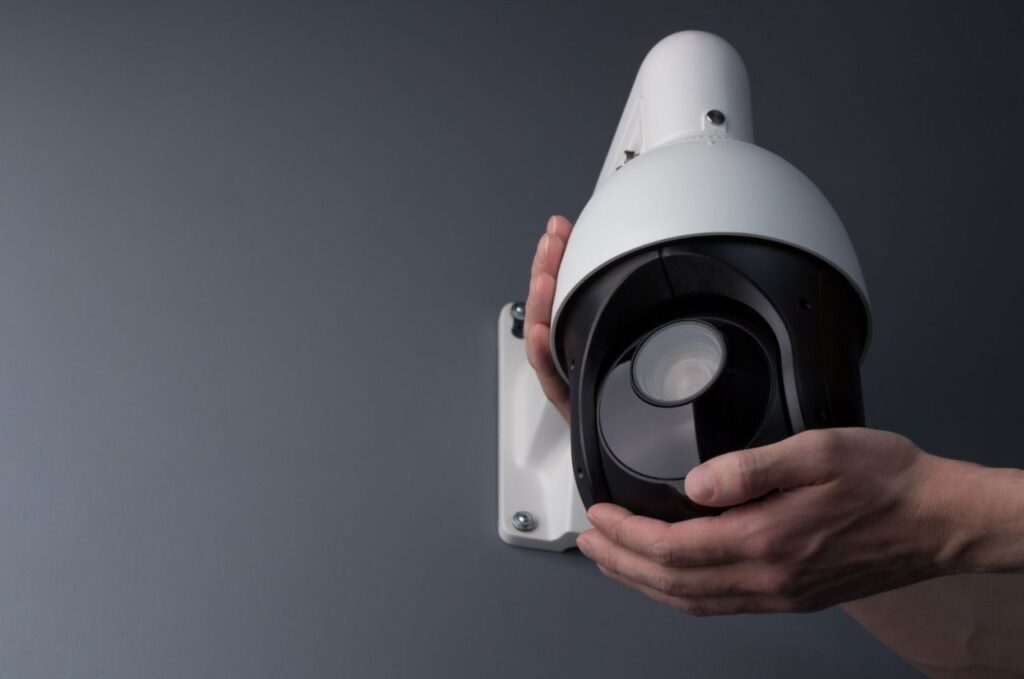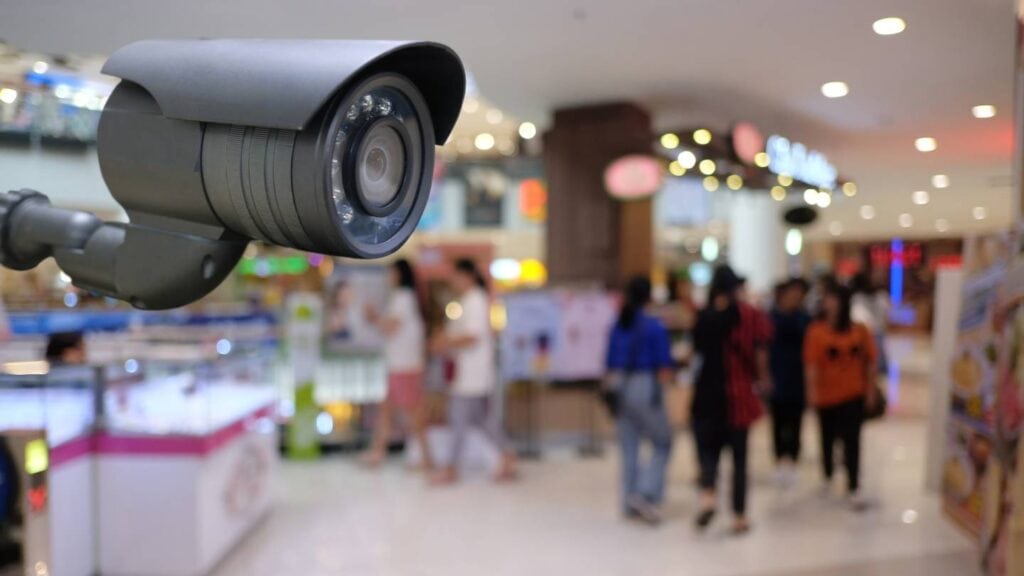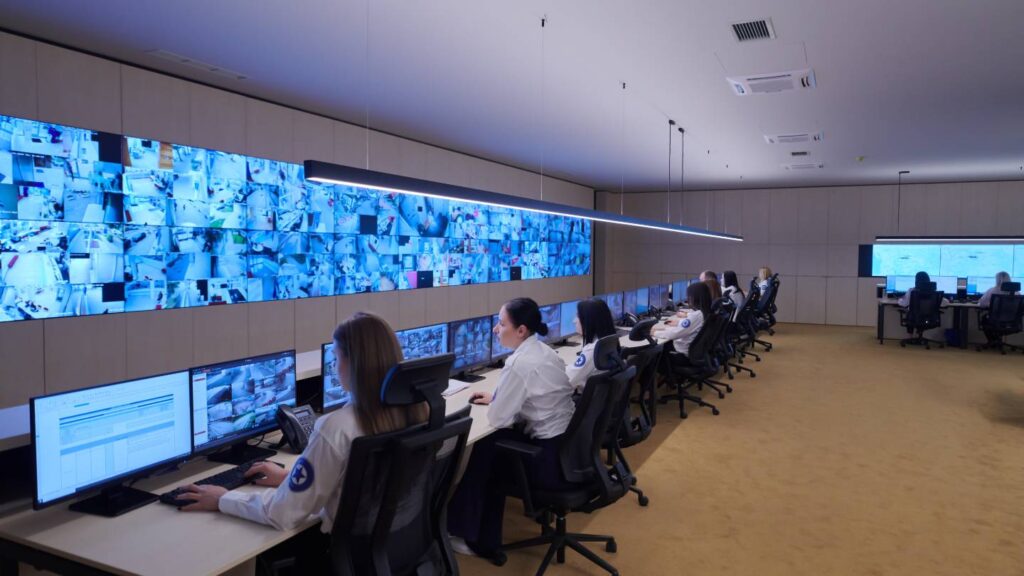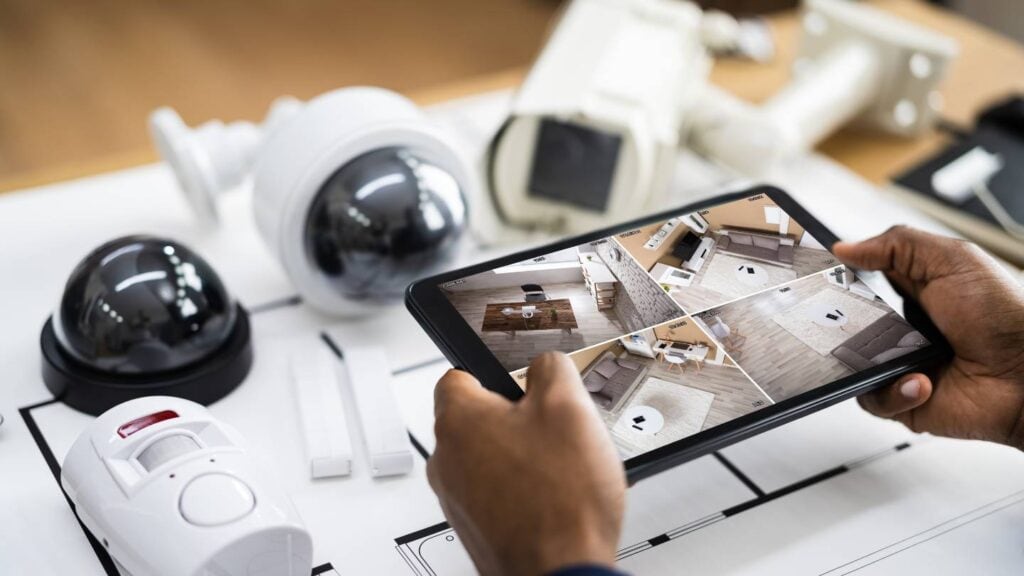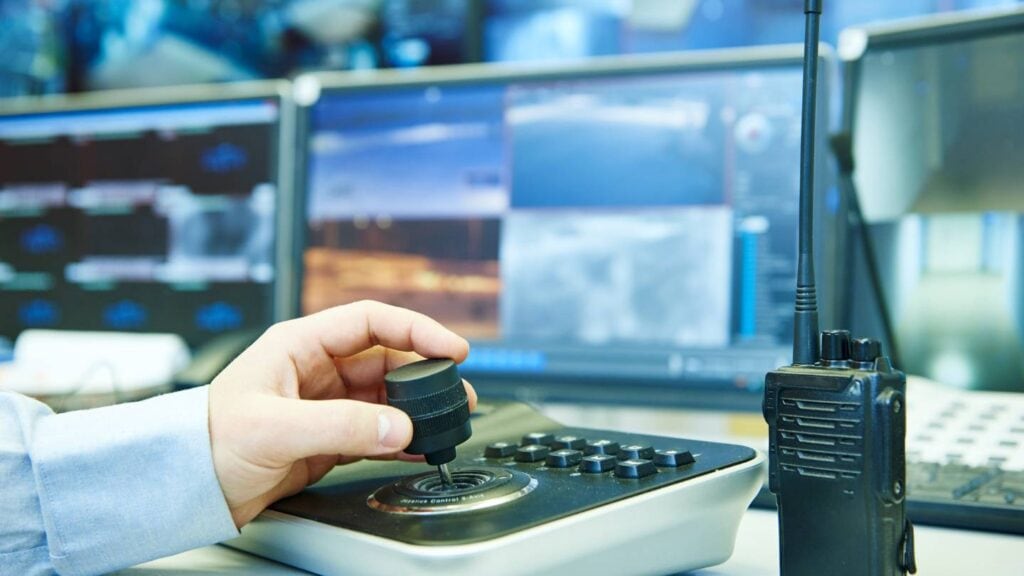The security and efficacy of your company's operations are directly related to the provider you choose for your retail security system. There are a lot of security systems on the market, so it's important to know what you need, how much money you have, and what features each system offers before you start shopping.
"How Do I Choose The Right Vendor For My Retail Security System?" is a crucial issue, and this article will try to answer it by outlining the main factors to consider and the procedures to take. We will help you find the best solution for your retail business by analysing technological capabilities, customer service reputation, scalability, and cost-effectiveness.
Choose The Right Security Equipment Vendor
Strong security systems are more important than ever in today's dynamic society. Choosing a supplier that caters to your unique requirements and guarantees complete customer satisfaction is of the utmost importance when you are a tradesperson responsible for installing security equipment.
Technical assistance, honesty, service, support after the sale, and hardware quality are the main areas covered in this article, which will help readers choose a reliable provider. Furthermore, we will discuss the problems with biometric items that must be properly supplied, emphasising the need to choose other options.
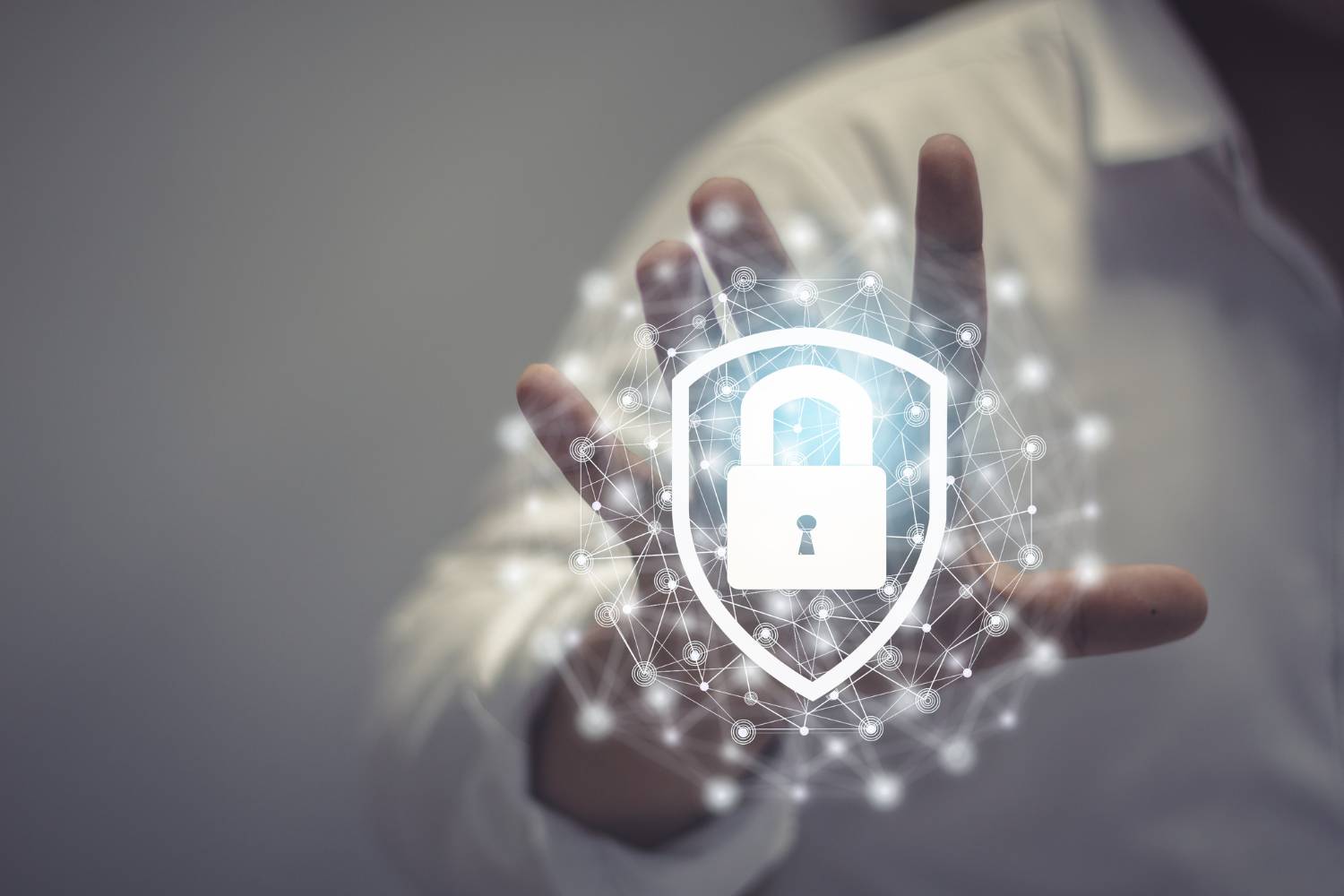
Strengths Of Technical Support
The quality of their technical support should be high on your list of priorities when choosing a provider. Trustworthy vendors have a firm grasp on the nitty-gritty of security gear and offer extensive resources to experts in the field. Ensure that the vendor you choose provides the following:
- Expertise: Pick a service provider with a staff of experts who can answer all of your technical questions quickly and correctly. If you run into any problems during installation or troubleshooting, they should be well-versed in the equipment they sell and be happy to help you.
- Training and documentation: You can learn more about the equipment and how it works with the help of thorough training sessions and documentation that a reliable supplier will give. With this support, You can ensure that the security solutions you set up are as effective as possible.
Honesty Of Suppliers
Maintaining honest dealings is essential in the corporate world. Choosing a provider that values honesty, ethics, and following the rules while making a purchase is important. Think about these things:
- Reputation: Seek out vendors who have a stellar reputation in the market and can provide you with glowing testimonials and recommendations from their satisfied clients. A reliable provider will have earned your trust with a history of keeping their word and acting with honesty and integrity.
- Compliance and certifications: Check that the provider has certifications attesting to their dedication to excellence and compliance and that they follow all applicable industry regulations. This highlights their commitment to offering trustworthy and dependable products.
- Ethics: Consider working with a provider who will not undercut your prices. Is there any assurance that your supplier won't use a sibling firm to undercut you?
- History: You may often find news articles or reviews of other dealings with the supplier just by searching Google for that company.
Exceptional Service
When looking for a provider, one of the most important factors is their level of service. Assess possible vendors according to the services they provide, including:
- Responsiveness: If you want a supplier that respects your time and gets back to you quickly, look elsewhere. Their commitment to outstanding service is evident in the efficient lines of contact and speedy reaction times.
- Customisation: Each installation project is different, and a dependable supplier knows that. They ought to be accommodating to your needs and eager to collaborate to provide solutions that are uniquely suited to them while providing individualised support.
- Problem resolution: Problems arise during every installation. When problems do arise, how does your provider handle them? Does your vendor have sufficient product knowledge to provide a substitute?
- Customer investment: It is important for a provider to make their customers feel that they are investing in them. Is the supplier willing to spend time explaining the solution to you? Does the vendor care about your standing in the market?
After-Sale Assistance
After-sale support is essential to guarantee success and happiness in the long run. Think of vendors that provide:
- Warranty and maintenance: Opt for a vendor offering product warranty coverage and maintenance services. This will minimise downtime by addressing any problems or defects that may occur after installation.
- Spare parts availability: Partnering with a supplier that keeps spare parts in stock allows for speedy repairs or replacements when needed. Therefore, it's crucial to do business with them. This keeps security systems running smoothly and reliably at all times.
- Support: Will your provider be open to providing SLA services? Does your company have in-house resources to manage massive datasets or determine how to keep systems running smoothly?
- Extras: Could your supplier offer development services that could improve the solution and make the suggestion more appealing?
Reliable Electronics
An essential part of any security system is the quality of the electronic hardware provided. Choose vendors that emphasise the following:
- Rigorous testing and quality assurance: A trustworthy supplier puts them through rigorous testing and quality assurance procedures to ensure their products are up to par with industry standards and work reliably. Find vendors that have a track record of producing high-quality hardware.
- Trusted brands and alternatives: Ask for vendors that sell trusted names in the industry's most coveted products. Given the problems surrounding data security & product reliability, it may be prudent to investigate alternatives to affordable, widely used biometric devices. A strong security infrastructure and tranquillity of mind are the results of choosing alternatives. What makes you think these products aren't merely rebranded versions of low-quality hardware from questionable web vendors?
- Secure hardware: Is your audience vulnerable on the other side of the barrier, with their trigger mechanisms exposed?
If you want your trading firm to succeed, you must choose a reliable security equipment supplier. You can make a well-informed decision that is good for you and your clients by emphasising technical support strengths, source integrity, service excellence, after-sales support, and hardware quality. Always consider the risks of using biometric items from questionable sources and look into other options that put security and dependability first. People buy from others; let's create a future where everyone can rest easy.
How To Select A Security System For Retail
Now, the store owner opens for business because paying many clerks would be too expensive and inconvenient. The moment has come for technological advancements to help humanity.
The electromagnetic wave system was the first anti-theft system to be devised. It was followed by the radio frequency system in 1965 and the acoustic-magnetic system in 1985. Em, RF, and AM are their acronyms.
Each anti-theft device's appearance, cost, and functionality are drastically different. Our anti-theft system has top-quality components, including acrylic, aluminium, and ABS. Now, let's discuss some crucial elements of selecting an anti-theft system.
Design Of The System
After realising that deterrents account for 70% of EAS's anti-theft effect, selecting the optimal system design scheme for the mall's structure and format yields the optimum anti-theft benefit-to-cost ratio.
Retail establishments of a few hundred square metres of space typically use a comprehensive export detection and prevention strategy. This includes convenience stores, monopolistic stores, and professional businesses, such as apparel and audiovisual stores.
Like store installations, large-scale extensive supermarkets, shopping malls, warehouse malls, etc., are good candidates for identifying and protecting checkout channel types.
The investment in anti-theft equipment and personnel, as well as the investment in anti-theft measures, can be controlled for unit business areas using either strategy, and the deterrent nature of these measures can be amplified. Our research indicates a tight control of 100 yuan for the input or EAS anti-theft equipment in every square metre of business area. The investment cost of equipment decreases as the business area increases.
Expert designers craft the aesthetic of the anti-theft system. There are practical and aesthetic benefits to it.
The anti-theft device BH9686 is made of acrylic, which gives it a gorgeous, translucent appearance. It looks great against the outside. There has to be more staff at this massive business because it sells a wide variety of goods, including clothing, shoes, socks, mugs, cosmetics, eyeglasses, and caps. You can take out a few little items from the store. There is an excessive number of workers, which harms both the pricing and overall customer shopping experience.
Because of this, we have no choice but to implement the anti-theft system; however, we must ensure that it does not offend our customers.
Key Indicators Of Eas Equipment Performance
Radiofrequency (RF), AM (AMegawatt), and electromagnetic (EM) technologies are the three main categories into which EAS physical technology falls. However, there are benefits and drawbacks to every physical technology; none of them are without flaws.
The two most crucial metrics to evaluate the efficiency of the machinery and tools are the tag detection rate and the false alarm rate. The detection rate of an EAS antenna is defined as its capacity to identify labels of a specific size within the parameters of its design and installation breadth.
The detection antenna's field distribution is not uniform, and a normal system should have a detection rate above 85%. There has never been a clear definition of a false alarm rate. When it comes to shopping malls, the most appropriate explanation is typically the frequency of false alarms per unit of time under normal operation of detection antenna produced by environmental factors or non-anti-theft label objects.
In everyday life, you could come across items that resemble electronic anti-theft tags in terms of their physical attributes. The object will always cause a false alarm when it crosses the detection antenna. Suppliers of equipment frequently mislead shopping malls when it comes to the concept of a false alert rate.
No technological system can achieve a perfect 0% false alarm rate for EAS. The benefits and drawbacks of every anti-theft method are as follows. The pros and cons of an anti-theft system can be discussed here. The AM system outperforms the other two anti-theft systems with its consistently reliable performance and resistance to outside tampering.
The Progress Of Technology
Only EAS that use clever digital technology may improve the total index of the EAS detector, meaning it has a low false alarm rate and a high detection rate.
This system uses an EAS antenna to pick up analogue signals for fast A/D conversion, a computer to handle the digital signals, and AI to determine computer tag attributes.
Only EAS equipped with this sophisticated digital technology should be utilised in different electromagnetic settings to increase the system's detection rate and decrease false alarms. The technology is owned by just a few corporations globally.

Considerations Related To Cost
An essential consideration is the cost of EAS equipment. Shopping centres are increasingly seeing EAS as a vital amenity. Investment in EAS equipment & the return on real anti-theft effect are closely monitored.
System Technology Compatibility
We must remember the compatibility of the EAS equipment when we select it. In this regard, we should consider a commercial chain and ensure that every store's EAS equipment has identical physical features. In the long run, this will make buying labels, maintaining the system, and upgrading it easier and more beneficial.
Second, acquiring consumable materials is a long-term investment that retail malls incur when they deploy EAS technology. To prevent a few companies from controlling the market for anti-theft labels and driving up their prices, we must stress the need for companies to be careful when selecting EAS technology compatibility.
Conclusion
The importance of choosing the right security equipment vendor for a retail business. It emphasizes the importance of technical support, honesty, service, after-sale assistance, and hardware quality. Technical support should be high on the priority list, with a provider offering expertise, training, and documentation. Honesty is crucial, with a provider with a stellar reputation, compliance, ethics, and a history of customer satisfaction.
Exceptional service should be provided, including responsiveness, customization, problem resolution, customer investment, and after-sale support. Reliable electronics should be chosen, with rigorous testing and quality assurance. It is also crucial to consider alternatives to biometric devices and ensure their security and dependability. By making a well-informed decision, businesses can ensure the success of their security systems and create a future where everyone can rest easy.
The selection of an anti-theft system for retail stores involves considering factors such as design, performance, and compatibility. The electromagnetic wave system, radio frequency system, and acoustic-magnetic system are the three main types of anti-theft systems. The design of the system should be optimised for the mall's structure and format, with a tight control on investment in equipment and personnel.
The aesthetics of the system should be considered, with the AM system outperforming the other two. Digital technology can improve the detection rate and false alarm rate, but it is owned by a few corporations globally. Cost considerations are also crucial, with the return on investment and return on real anti-theft effect closely monitored. System technology compatibility is also important, as it can make purchasing, maintaining, and upgrading the system easier and more beneficial.
Content Summary:
- Technological capabilities, customer service reputation, scalability, and cost-effectiveness are key factors in choosing a security equipment vendor.
- Technical support: A reliable vendor should have a team of experts who can answer technical questions quickly and correctly.
- Training and documentation: Thorough training sessions and documentation can help understand the equipment and its functions.
- Reputation: A reliable provider should have a stellar reputation and provide glowing testimonials from satisfied clients.
- Compliance and certifications: Check if the provider has certifications attesting to their dedication to excellence and compliance.
- Ethics: Ensure the supplier won't undercut your prices.
- History: Look for news articles or reviews of previous dealings with the supplier.
- Response: A supplier should respect your time and get back to you quickly.
- Customization: A dependable supplier should be accommodating to your needs and provide solutions that are uniquely suited to them.
- Problem resolution: The vendor should handle problems during every installation.
- Customer investment: The supplier should make their customers feel they are investing in them.
- Warranty and maintenance: Opt for a vendor offering product warranty coverage and maintenance services.
- Spare parts availability: Partner with a supplier that keeps spare parts in stock for speedy repairs or replacements.
- Support: Will the provider be open to providing SLA services?
- Extras: Could the supplier offer development services that could improve the solution?
- Rigorous testing and quality assurance: Choose vendors that have a track record of producing high-quality hardware.
- Trusted brands and alternatives: Look for vendors that sell trusted names in the industry's most coveted products.
- Secure hardware: Consider the vulnerability of your audience on the other side of the barrier.
- The evolution of anti-theft systems has led to technological advancements, with electromagnetic wave systems being the first.
- The radio frequency system was developed in 1965, followed by the acoustic-magnetic system in 1985.
- Each anti-theft device has its own unique appearance, cost, and functionality.
- The optimal system design scheme for the mall's structure and format yields the optimum anti-theft benefit-to-cost ratio.
- Retail establishments of a few hundred square meters typically use a comprehensive export detection and prevention strategy.
- Large-scale extensive supermarkets, shopping malls, and warehouse malls are good candidates for identifying and protecting checkout channel types.
- The investment in anti-theft equipment and personnel can be controlled for unit business areas using either strategy.
- The tag detection rate and the false alarm rate are crucial metrics to evaluate the efficiency of the machinery and tools.
- The AM system outperforms the other two anti-theft systems with its consistently reliable performance and resistance to outside tampering.
- EAS that use clever digital technology can improve the total index of the EAS detector, meaning it has a low false alarm rate and a high detection rate.
- Only EAS equipped with this sophisticated digital technology should be used in different electromagnetic settings to increase the system's detection rate and decrease false alarms.
- The cost of EAS equipment is an essential consideration.
- The return on real anti-theft effect is closely monitored.
- It is important to consider the compatibility of the EAS equipment when selecting it.
- Purchasing consumable materials is a long-term investment that retail malls incur when they deploy EAS technology.
Frequently Asked Questions
Consider factors such as the vendor's experience in the retail industry, the technology and features their systems offer, compatibility with your current setup, customer service quality, scalability of the system, and overall cost.
Very important. A technologically advanced system can offer better protection, easier integration with existing systems, more straightforward scalability, and future-proofing against emerging security threats.
While cost is a significant consideration, it shouldn't be the sole deciding factor. Evaluate the value the system brings regarding reliability, support, and security features compared to its price.
Check online reviews, ask for customer references, and assess their responsiveness and willingness to provide support during the evaluation process.
Scalability ensures that your security system can grow and adapt as your retail business expands, preventing the need for a complete system overhaul.


